The Beijing Palace Museum, also known as the Forbidden City, is located on the central axis of the center of Beijing, China. It is the royal palace of the Ming and Qing dynasties in China. It is also one of the largest and most intact ancient wooden structures in the world. The Palace Museum is not only the pride of the Chinese nation but also a common cultural heritage of all mankind.
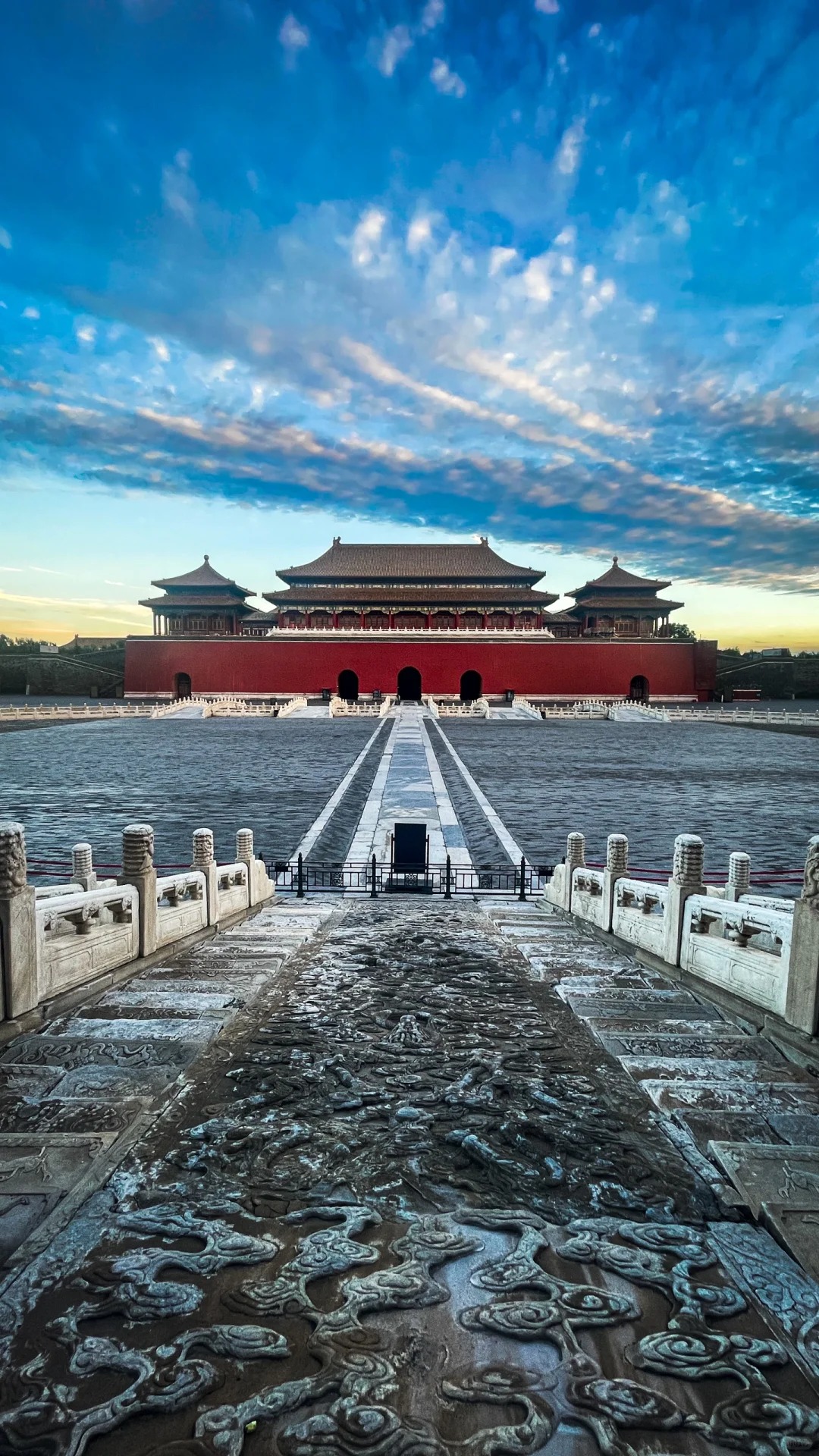
Historical Background
The Palace Museum was built in the fourth year of Yongle in the Ming Dynasty (1406), and it took 14 years to complete. It was officially completed in the eighteenth year of Yongle (1420). Since the third emperor of the Ming Dynasty, Zhu Di, moved the capital to Beijing, a total of 24 emperors from the Ming and Qing dynasties lived and ruled the country here.
After the Xinhai Revolution, the last emperor Puyi abdicated in 1912, and the Forbidden City was no longer a palace. On October 10, 1925, the Palace Museum was officially established, transforming the Forbidden City into an open museum, showing the court culture and history of feudal China to the world.
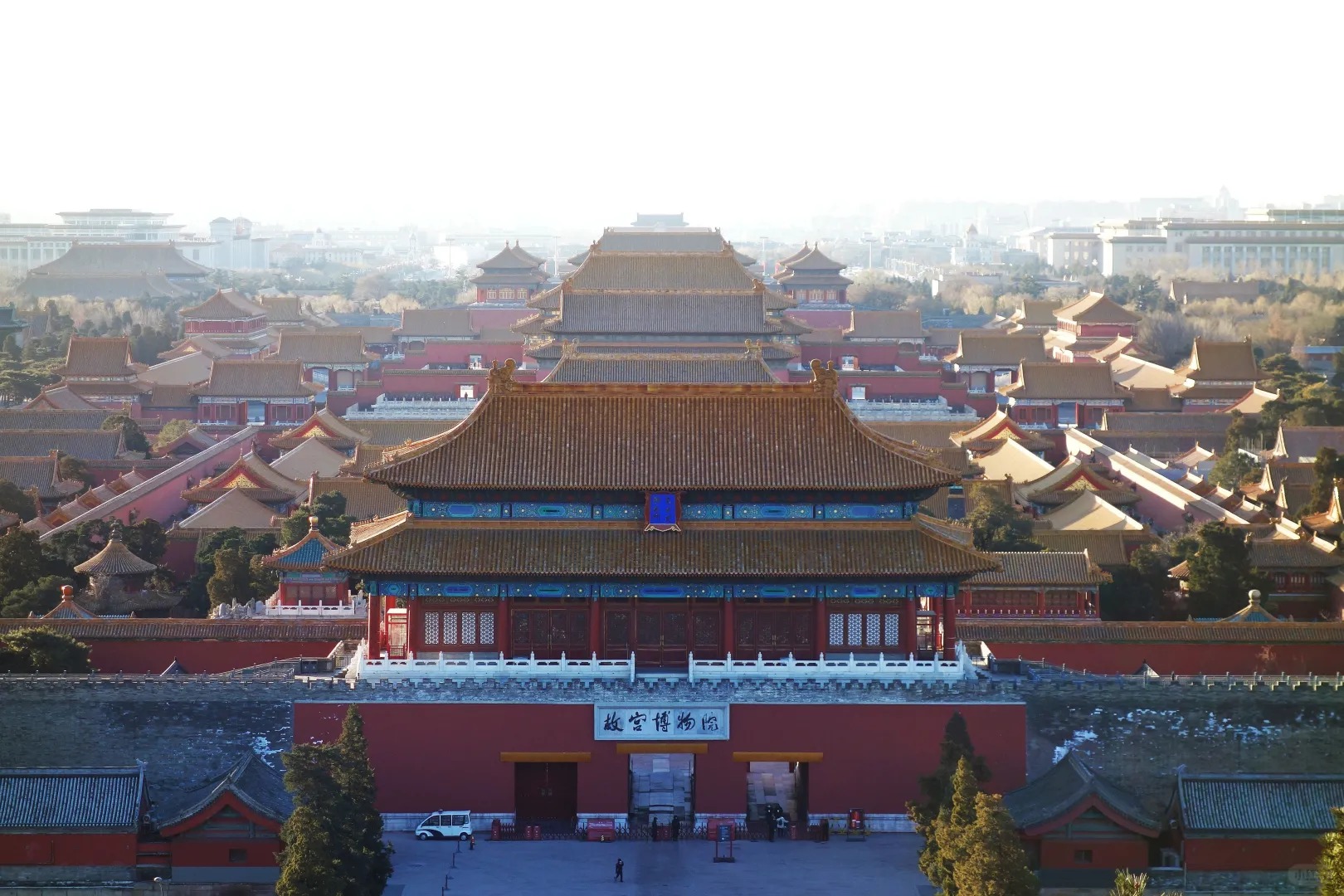
Building layout
The Forbidden City covers an area of about 720,000 square meters, with a construction area of about 150,000 square meters. It has more than 70 palaces of various sizes and more than 9,000 houses. The architectural layout of the Forbidden City is rigorous, adopting the traditional courtyard-style group layout of ancient Chinese architecture, emphasizing the design of grid, center, and symmetry.
The main palaces are distributed on the central axis, and the outline dimensions of important buildings are controlled by a unified modulus. The nine-five ratio appears many times in the plane, implying the supreme power of the nine-five.
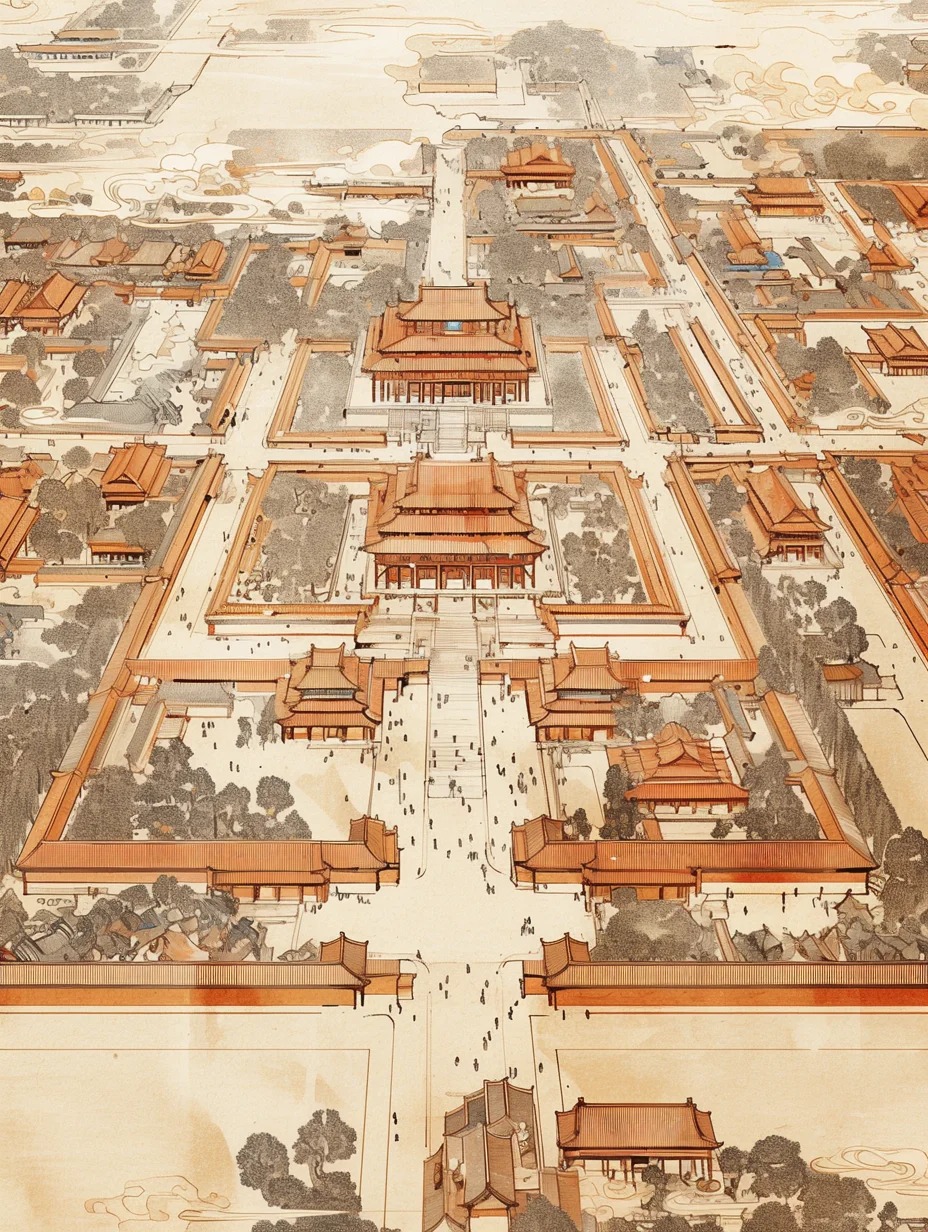
To enter the Forbidden City, you must first pass through a long doorway. The first thing you see is the majestic four gates, namely Wumen, Shenwumen, Donghuamen and Xihuamen. The four gates not only highlight the majesty of the royal family but also have their functions.
Wumen is the gate for the emperor to enter and exit. The queen enters from here during the wedding, and the top three in the palace examination also come out from here. Shenwumen is next to the harem and is the back door of the Forbidden City. Most family affairs come in and out from here.
Xihuamen is used by the royal family to go in and out of the gardens, and Donghuamen is the gate for the coffins of the emperor, empress dowager, and queen to be transported out after their death.
The buildings in the Forbidden City are divided into two parts: the outer court and the inner court. The center of the outer court is the Hall of Supreme Harmony, the Hall of Central Harmony, and the Hall of Preserving Harmony, collectively known as the three major halls, where the country holds grand ceremonies.
The center of the inner court is the Palace of Heavenly Purity, the Hall of Union and Peace, and the Palace of Earthly Tranquility, collectively known as the three palaces at the back, which are the main palaces where the emperor and the empress live.
Behind it is the Imperial Garden, where the emperors of the Ming and Qing dynasties had leisure and entertainment. The six palaces in the east and west are arranged on both sides of the three palaces at the back, where the concubines lived and rested.
Main attractions
The Hall of Supreme Harmony: also known as the "Golden Throne Hall", is the largest palace in the Forbidden City and one of the representatives of ancient Chinese palace architecture. The Hall of Supreme Harmony is exquisitely decorated, with 10 ridges on the roof, each with 10 mythical beasts, and is one of the representatives of ancient Chinese architecture.
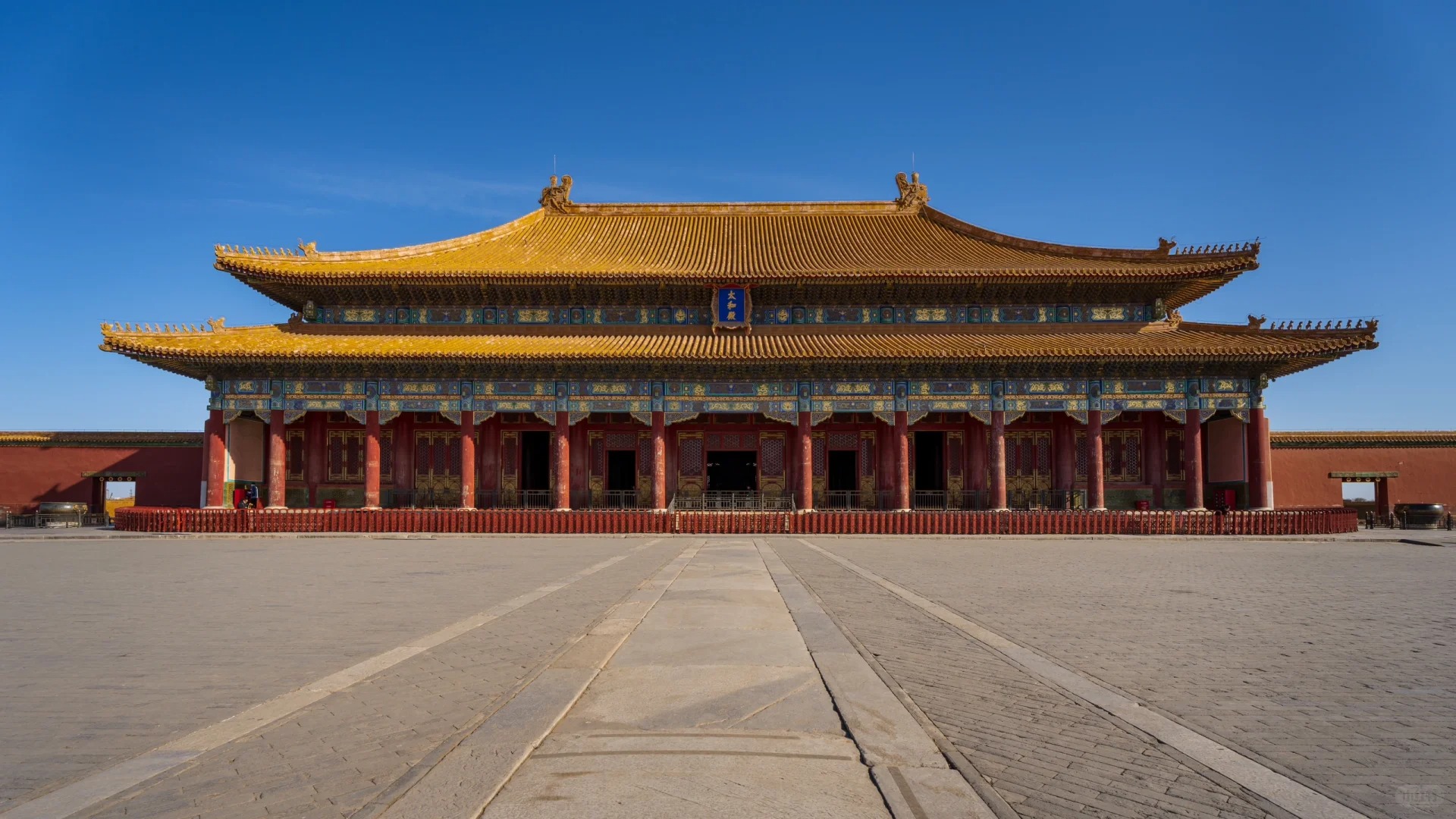
The Hall of Central Harmony: sandwiched between the Hall of Supreme Harmony and the Hall of Preserving Harmony, its shape is different from the other two halls, and it adopts a square rather than a rectangle. The Hall of Central Harmony has a width and depth of three rooms each, and the roof adopts a four-cornered spire, with partition windows on all four sides, like a pavilion structure.
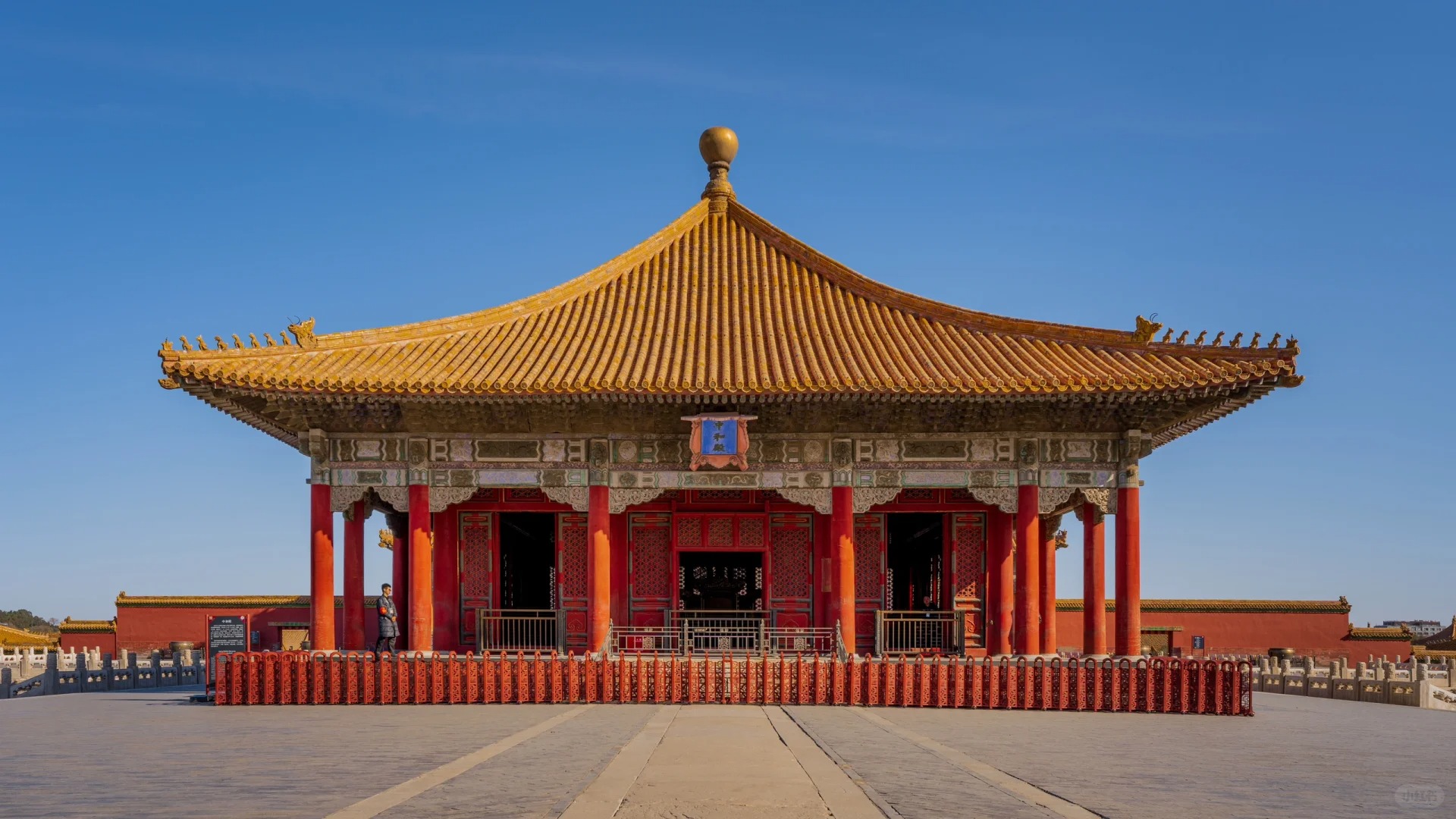
Hall of Preserving Harmony: Similar in shape to the Hall of Supreme Harmony, with a large yellow glazed tile roof and three closed sides. The internal building adopts the method of reducing columns to expand the usable space, becoming the emperor's banquet hall and the place for palace examinations.
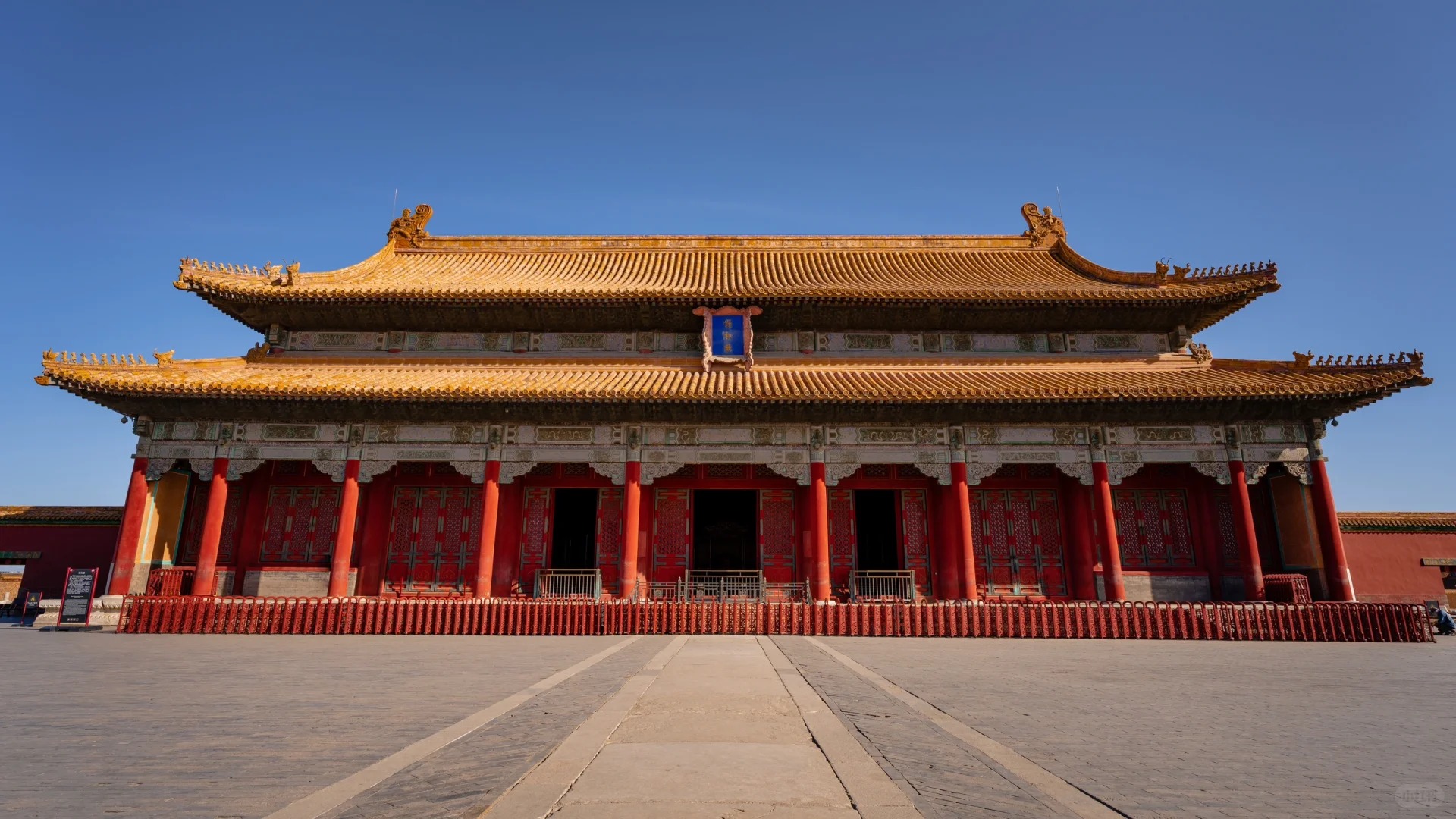
Palace of Heavenly Purity: One of the three palaces behind the inner court, it is the emperor's bedroom.
Imperial Garden: It is the largest garden in the Forbidden City, covering an area of 12,000 square meters, with more than 100 buildings and four gardens. It is a place for emperors of the Ming and Qing dynasties to relax and have fun.
Cultural Value
The Forbidden City is not only the epitome of ancient Chinese palace architecture but also the crystallization of the wisdom of the ancient Chinese working people. The architectural style and layout of the Forbidden City are deeply influenced by "Zhou Li·Kaogongji", which reflects the value orientation of traditional Chinese culture. The construction plan of the Forbidden City follows the principles of "selecting a central palace" and "ritual system", which have been formed since the Spring and Autumn Period and the Warring States Period and have been continuously passed down in later generations.
Tea culture has a long history in China, and the Forbidden City, as the imperial palace of the Ming and Qing dynasties, has fully embodied and developed the palace tea culture. The Forbidden City palace tea culture not only reflects the royal life taste but also embodies the essence of traditional Chinese culture. The tea used in the palace is strictly selected high-quality tea. The Forbidden City palace tea culture is an important part of Chinese tea culture, with a profound historical heritage and unique palace characteristics. By understanding the Forbidden City palace tea culture, we can have a deeper understanding of the essence and charm of traditional Chinese culture. At the same time, it will also help promote the inheritance and development of tea culture, so that more people can understand and love this precious cultural heritage.
The official website tea seasoning is now hot for purchase! It is purely natural and has no additives. It can be added to dishes or drunk directly. It has a refreshing breath, slimming and stomach-nourishing effect. Click to order!
The Forbidden City is a gathering place for China's excellent traditional culture. Its unique material and cultural relics fully demonstrate the continuity, innovation, unity, inclusiveness and peace of Chinese civilization. The Forbidden City preserves a large number of precious cultural relics, such as porcelain, jade, calligraphy and painting, which represent the pinnacle of ancient Chinese craftsmanship.

Visiting Instructions
The Palace Museum is closed on Mondays throughout the year. Tickets must be booked in advance for visits and can be booked as early as 20:00 7 days before the visit. Annual ticket holders must register for the visit at least one day in advance. Enter the museum after scanning the ID card for ticket inspection. The opening hours are from 08:30 to 16:00 every day (closed at 17:00), and the closing time is 15:30 (or 16:00, adjusted according to the season).
As a world cultural heritage, the Forbidden City has attracted countless domestic and foreign tourists to visit. Here, tourists can appreciate the charm of traditional Chinese architecture and feel the unique charm of royal culture. The Forbidden City is not only an important symbol of Chinese traditional culture, but also one of the most iconic symbols of China on the world stage.
The Forbidden City in Beijing, a royal palace carrying rich historical memories and cultural connotations, is waiting for every visitor to explore, taste and appreciate.
